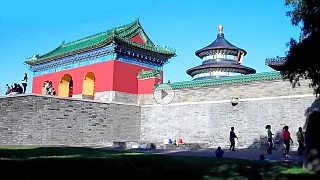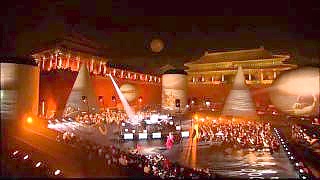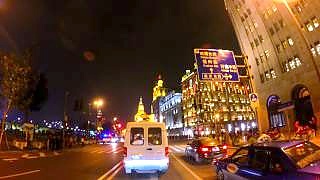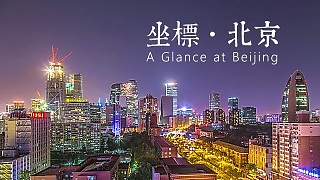
 YuanYang rice terraces, YunNan 雲南元陽梯田 (Scenic China Special, 2018 – 1)
YuanYang rice terraces, YunNan 雲南元陽梯田 (Scenic China Special, 2018 – 1)

Live more ...
 YuanYang rice terraces, YunNan 雲南元陽梯田 (Scenic China Special, 2018 – 1)
YuanYang rice terraces, YunNan 雲南元陽梯田 (Scenic China Special, 2018 – 1)

|

|

|
Including the evening / night light show ...
|

|
A flashback to October 2004 ...
|

|
Bonus film - ShenZhen morning drive ...
|

|
|

|